Eating in Brazil is an absolute pleasure. Just like the country itself, Brazilian cuisine is vibrant, colorful, diverse, and exciting. Brazil is a vast country and the food vary greatly from region to region.
The typical food of Brazil has many influences. The Portuguese had a huge impact in shaping Brazil’s culture and traditions. Brazilian food has also been influenced by other European, African, South American, and Asian countries.
Combined with the range of food which is produced in the native farms, mountains, and coastlines, traditional Brazilian food is rich, delicious, and a highlight of any trip there!
There are some foods in Brazil that just sum up everything good about food in this country, and when you’ve come and gone, it’s these 19 dishes that you will definitely miss the most. Your trip to South America just isn’t complete unless you’ve tried all of the following Brazilian foods at least once!
19 Brazilian Foods You Should Try Right Away
Brazilians are proud of their culture, and that extends to their food. That is as it should be. As you can see from the list that follows, their cuisine includes sweets, meats, and some incredibly famous balls of cheese bread that we have saved for last.
These foods are not just tasty, either. They come with rich histories and cultural expressions that we have made sure to include in our descriptions. Eating Brazilian food is a way of partaking in Brazilian traditions. See for yourself all the reasons Brazilians have to be proud of their food. These are the must-try Brazilian dishes.
1. Feijoada
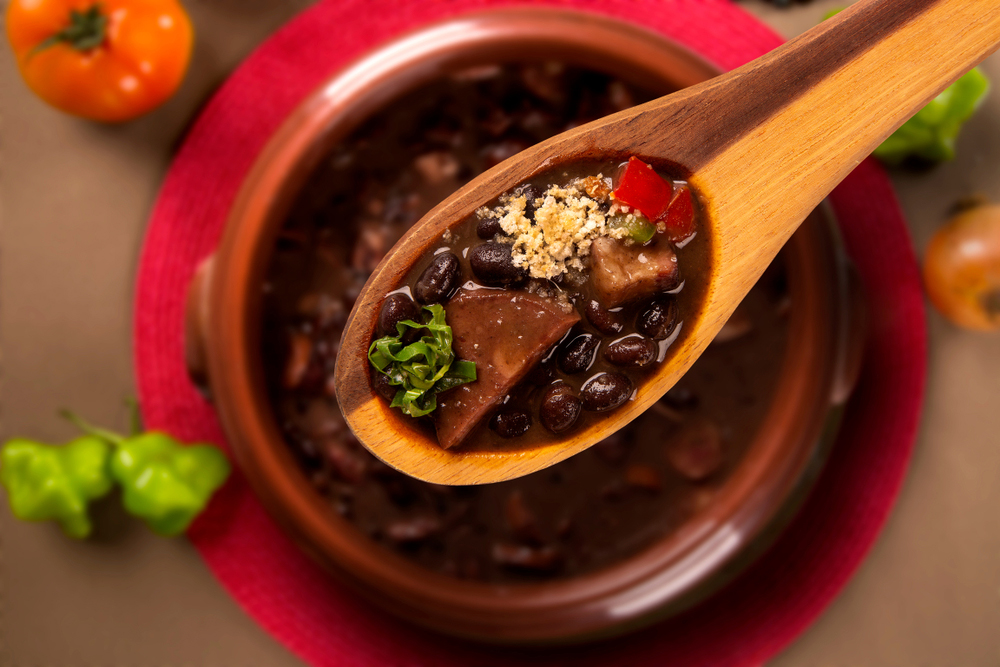
Feijoada is the national dish of Brazil and represents some of the most essential elements of Brazilian culture.
First of all, its origins are in Portugal, just like Brazil.
Second, it’s a dish with a heavy dose of black beans, an integral part of many Latin foods.
So what is it? Feijoada is a thick meal of black beans and pork that sticks to the ribs of anyone who eats it.
Traditionally, cooks made feijoada by stewing the less desirable parts of the pig in a pot for 24 hours.
One of the most Brazilian things about Feijoada is its versatility.
Nowadays, it comes with all sorts of additional elements that make it the full meal it is in and of itself. Those extra ingredients can include kale, rice, and even orange slices for a kick of tangy sweetness.
2. Picanha

We could not hold out long when it came to putting meat on this list.
The proper name for Brazilian steakhouses is churrascarias, and they are descended from a gaucho culture that saw cowboys skewering their meats and roasting them on the spit, seasoned with a bit of salt.
A beautifully cooked picanha steak is one of the most classic cuts of meat you will find at a churrascaria.
The specific cut is the top part of the sirloin steak. Because of its thick layer of fat, picanha really melts in your mouth when it is cooked just right.
3. Brigadeiro
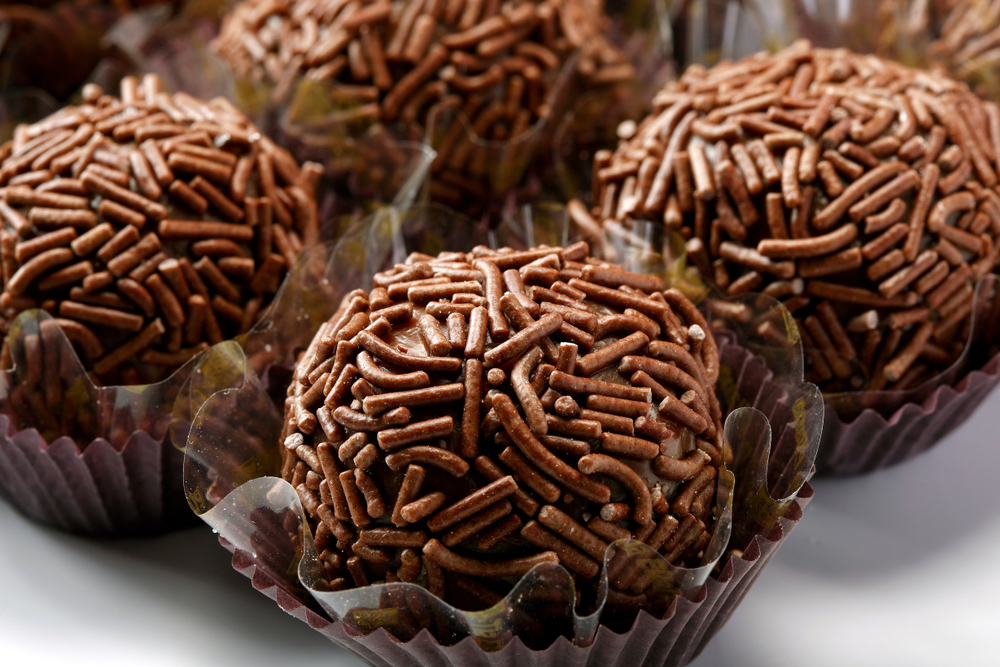
It is time to talk about the sweet stuff. A brigadeiro is as simple as sweets get.
It is just a truffle made of condensed milk, cocoa, and butter, but the combination of those ingredients creates a multitude of flavors.
The classic brigadeiros are milk chocolate, but they also come in white chocolate. Some non-conventional brigadeiros even have filling like an entire strawberry!
4. Canjica
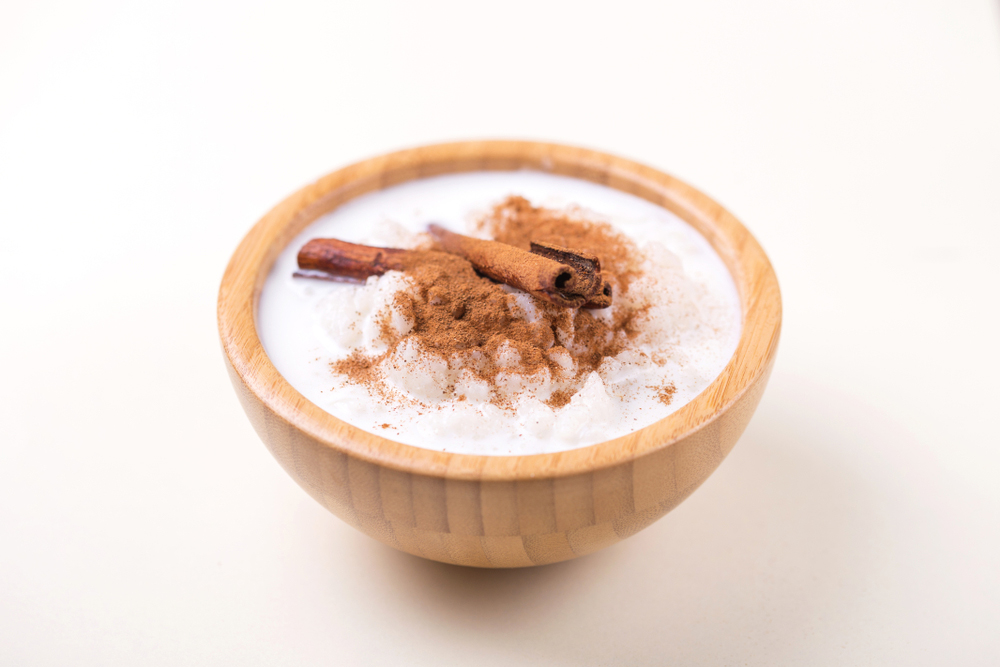
The creaminess continues with canjica, another traditional dessert. This one has whole pieces of corn mixed in with condensed milk and coconut milk.
Like a brigadeiro, it usually comes with sprinkles on top, and you may get a little taste of cinnamon as well.
Typically a festival dessert, canjica is now easily available at any time of year.
5. Acai
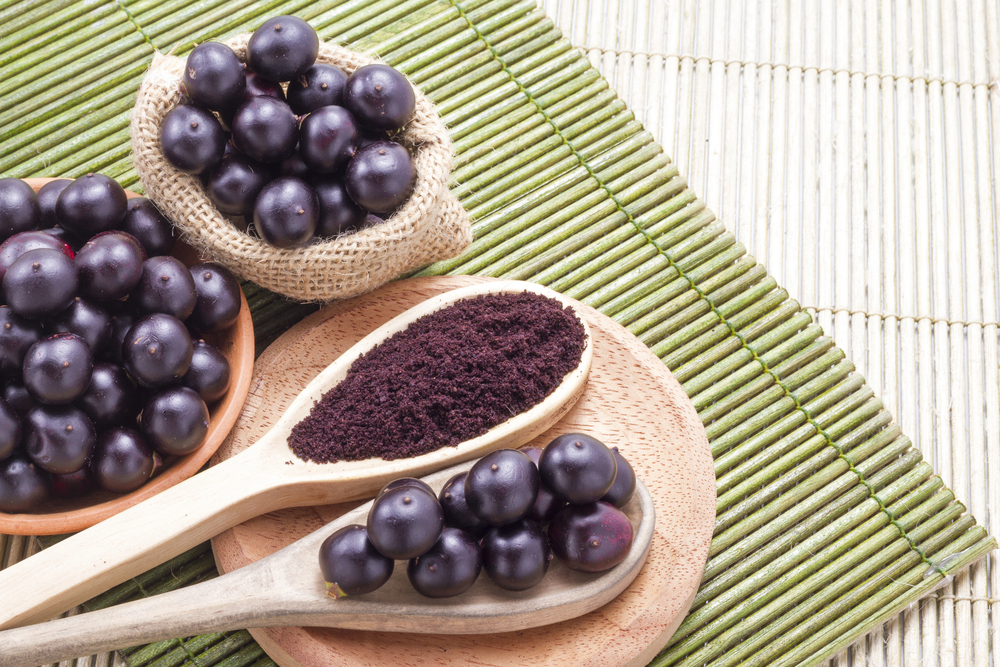
Did you think acai was a man-made creation of the superfood industry, which seems to churn out a new hyped ingredient every year?
Well, guess again. Acai is a berry with a long history in Brazil.
Like many Brazilian foods, acai is quite versatile. You can add it to anything that goes well with fruit, like yogurt, sorbet, or even raw.
You can also get it crushed up in smoothies, juices, and powders.
But the most famous of all is the acai bowl. Better known in Brazil as Acai na Tigela.
However you have it, don’t take a trip to Brazil without getting acai in at least one dish.
6. Moqueca
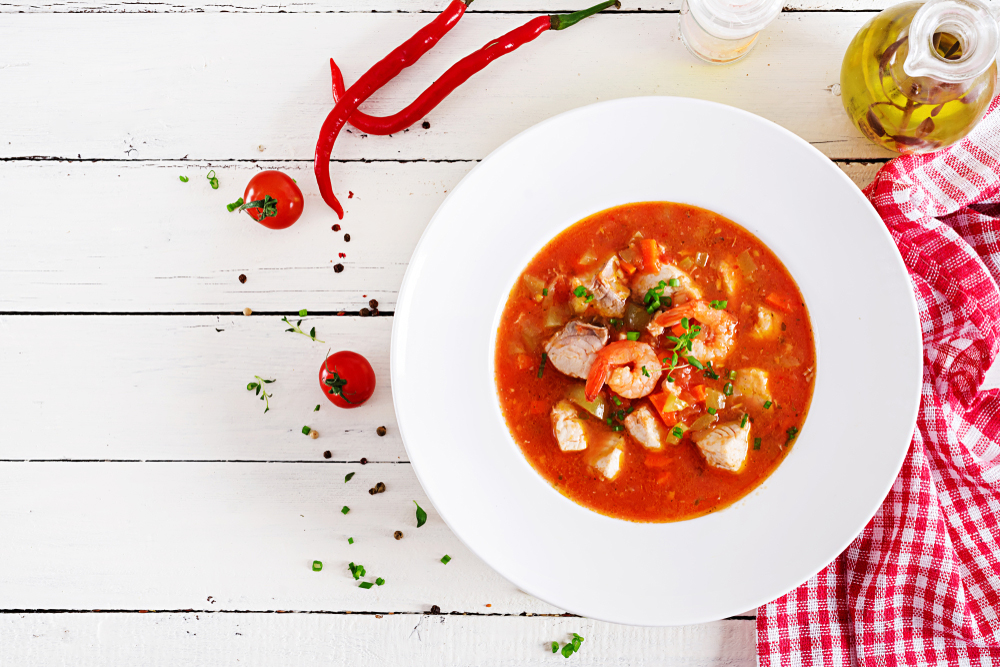
Here we have another stew in moqueca. This time, instead of pork, it’s fish that is the star ingredient.
Other ingredients include veggies like tomatoes and onions as well as flavor enhancers such as garlic and coriander.
Moqueca does not come without controversy, and the controversy is over its origins. The residents of the northeastern state of Bahia claim it, but so do the residents of southern state Espirito Santo.
As a sort of resolution, they each have their own versions of the dish now.
The Baiano moqueca is heavier, and it includes peppers, coconut milk, and palm oil as ingredients.
Moqueca capixaba—named for the residents of Espirito Santo—is a little healthier, using olive oil as well as a greater variety of seafood.
Crab, lobster, and shrimp can all appear in the southern version of moqueca.
7. Pato no Tucupi
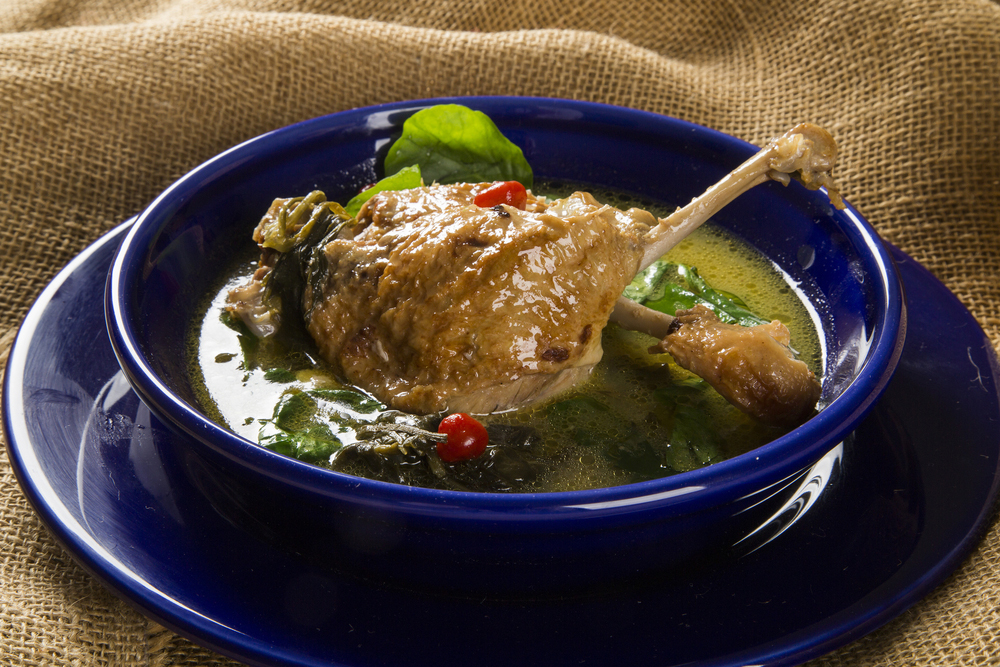
The translation on this dish is both simple and complicated. “Pato” is “duck,” but “tucupi” is “tucupi sauce.” Thus, duck in tucupi sauce.
However you refer to it, pato no tucupi is a dangerously delicious dish. That is because tucupi sauce is made from fermenting wild manioc root.
This raw juice is poisonous, which is why the sauce is prepared through boiling for sometimes up to five days.
It is worth the risk. Pato no tucupi is best in the city of Belem where it came from, but it is delicious no matter where you find it.
8. Romeu e Julieta
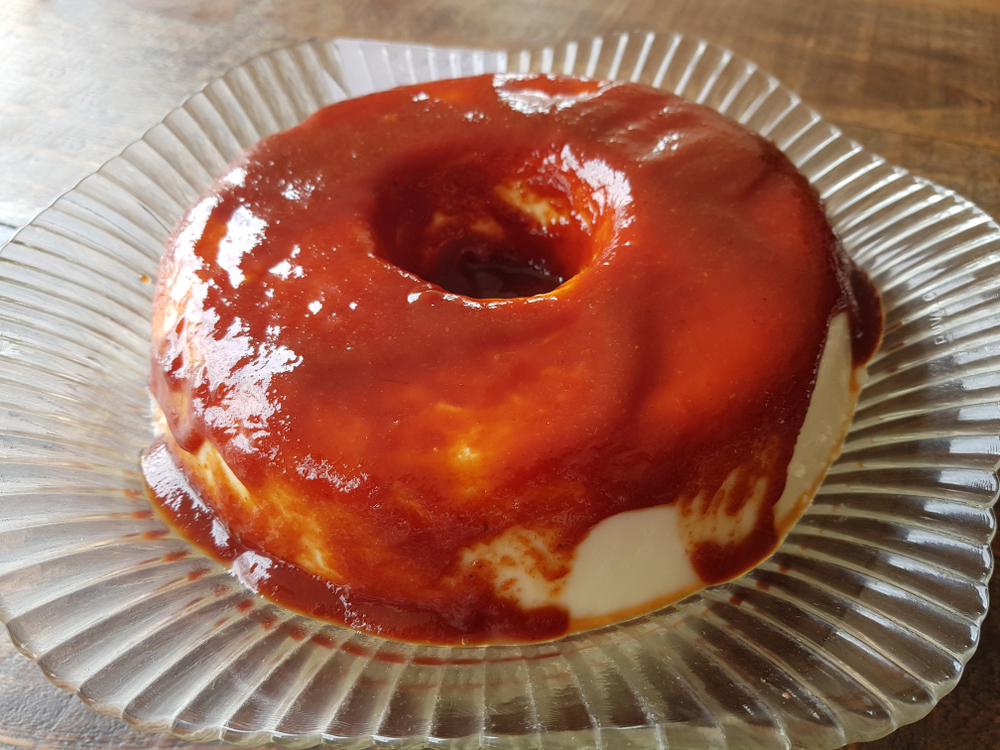
Another Brazilian dessert and you will not believe how simple this star-crossed treat is. It is mainly two ingredients, goibada (guava paste), and queijo de minas (brazilian cheese).
But from seeing how it is used, it might as well be Brazil’s answer to peanut butter and jelly.
It is a straightforward combo, but the flavor mixture has given rise to an entire pastry industry of Romeu e Julieta dishes.
There are pizzas, cheesecakes, pies, and other pastries that include the jelly and mild, white cheese.
You can also get Romeu e Julieta by itself, and for the purest experience, we recommend it.
9. Caipirinha

You didn’t think we would leave you without something to drink, did you? How about Brazil’s most popular drink?
When it comes to beverages, there is no other choice but the caipirinha. It is simply the most famous cocktail in Brazil, and it is a perfect pair to almost any of the foods you see here.
Everyone has their own special caipirinha recipe, but like many Brazilian foods, the basic ingredients are simple. There are three: sugar, lime, and cachaca.
But wait, what is cachaca? We are glad you asked.
10. Cachaca

Even though it is an ingredient in a caipirinha, we do not consider it cheating to create a separate entry for cachaca. That is because there are thousands of varieties of this fiery spirit.
Do enough research on cachaca and you will find two things. First, it has a long history dating back to the 16th century. Second, a lot of people consider it basically rum.
The latter assumption is a mistake. The main difference between cachaca and rum is the source of its sugar.
Rum is made from molasses, but cachaca is pure fermented juice of the sugar cane itself.
11. Acaraje
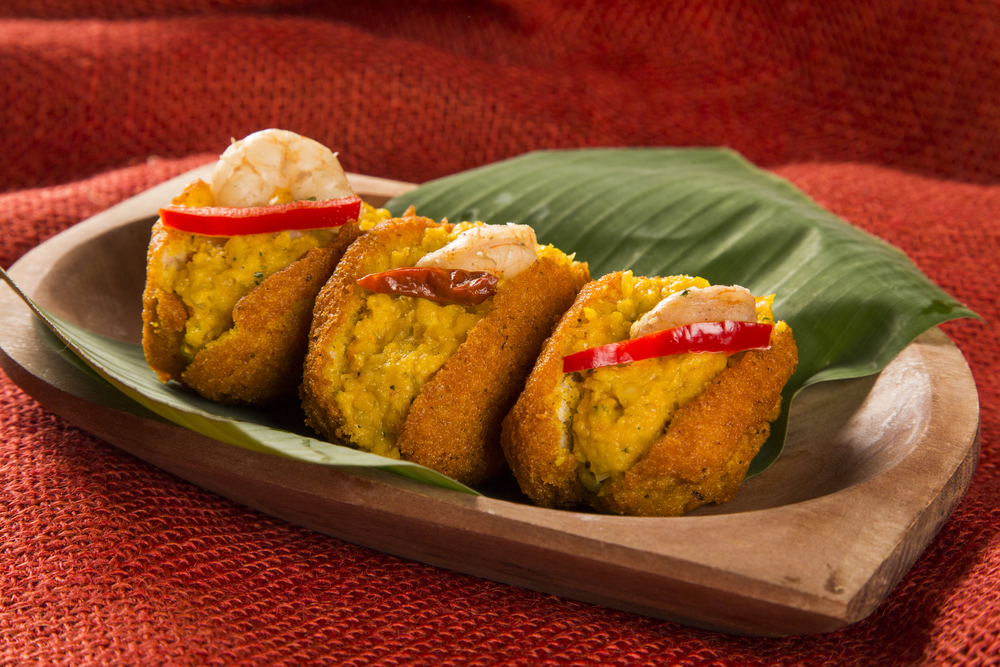
No one said that Brazilian food is the healthiest on the planet, and acaraje is not for the faint or clogged of heart.
But it is full of flavor, thanks to its deep-fried onions, black-eyed peas, shrimp, and vatapa. Expect more on vatapa shortly.
All of these ingredients and flavors make acaraje a savory street food delight.
For the ultimate acaraje experience, try them fresh from the fryer and wish a heavy helping of chili sauce.
12. Quindim
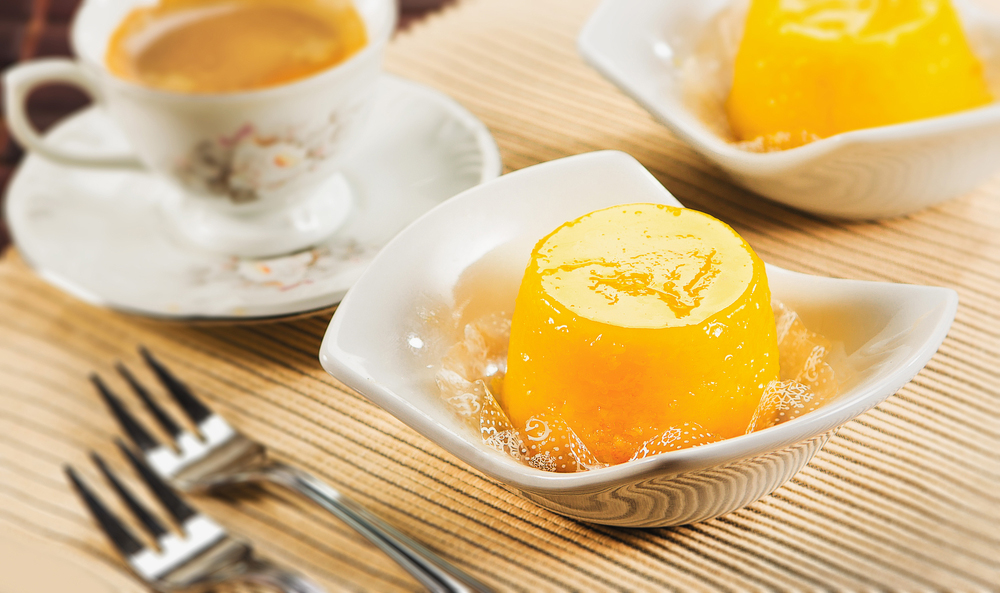
A distant cousin of flan, quindim is another dessert in the simple vein of brigadeiros.
Its ingredients include sugar, coconut, eggs, and the occasional heap of butter.
Quindim comes in cupcake molds, which give the desert a toasted bottom where the coconut sits. The top has the smooth yet stable custard mouthfeel of a good flan.
The toasted bottom of the quindim is what makes it so different from flan, which has a more uniform texture throughout.
13. Coxinhas
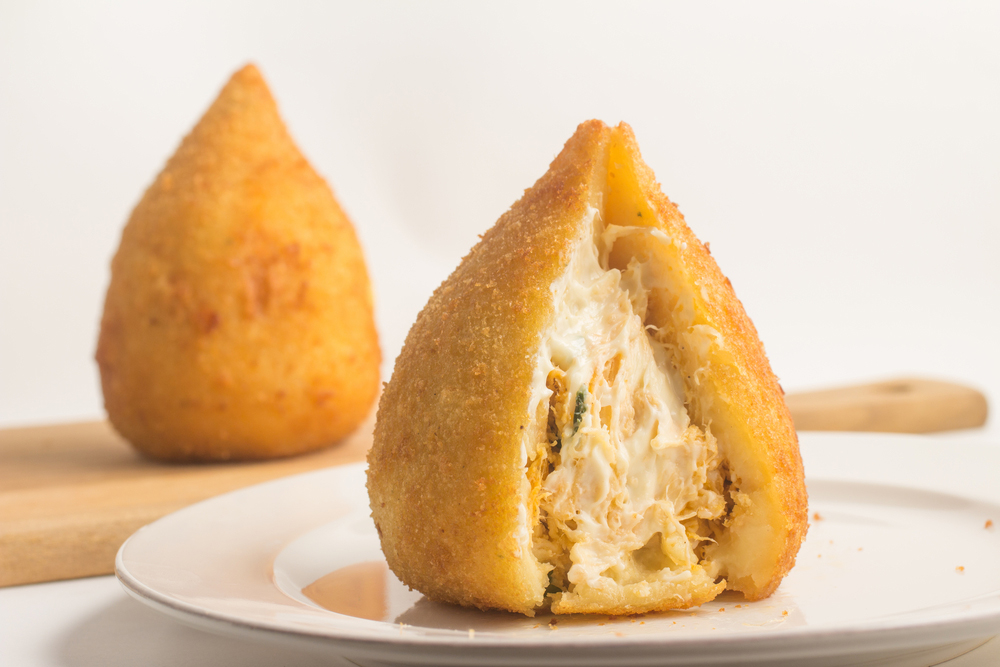
More fried Brazilian street food? Yes, please!
Coxinhas are deep fried balls filled with cheese and usually chicken. The cheese that usually fills coxinhas is an especially creamy variety called catupiry.
The result is akin to many American bar snacks, except with an authentic Brazilian flare.
14. Vatapa
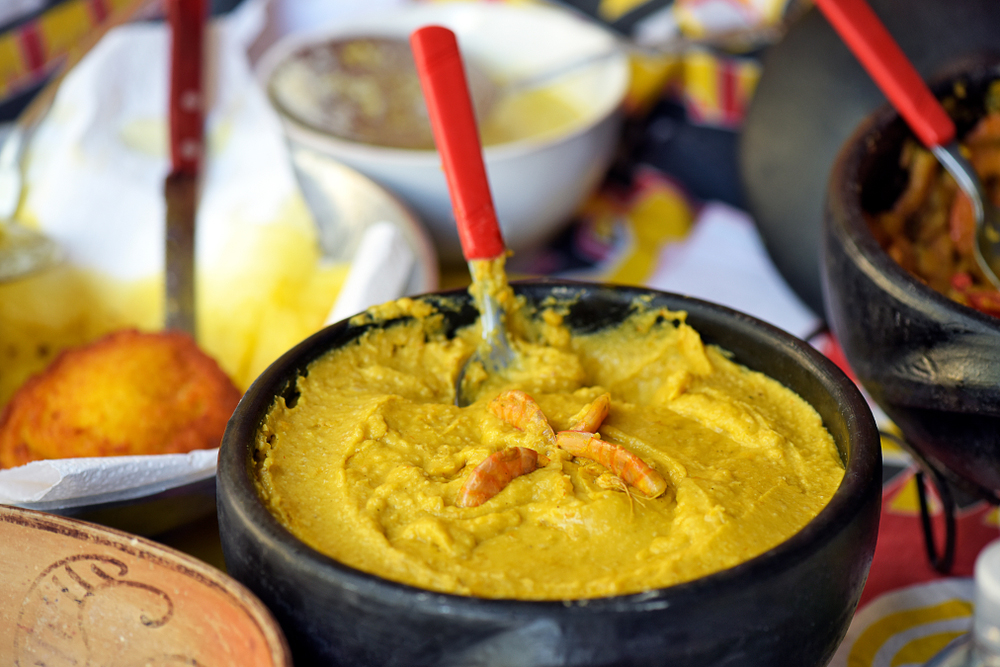
Didn’t we tell you we would return to vatapa?
Just because it is one of the many fillings for acaraje does not mean it’s not a perfectly valid food choice on its own.
You might not be surprised to find out that vatapa is another one of the stew-adjacent Brazilian foods.
Most commonly, a vatapa recipe includes shrimp, coconut milk, palm oil, ground peanuts, herbs, and spices. But that’s not all.
The real treat of vatapa is the bread that comes inside. It is one thing to create a delicious stew with the fresh ingredients the farms, forests, and rivers of Brazil have to offer.
It is another, more elevated thing altogether to bind it all with bread.
15. Bacalhau
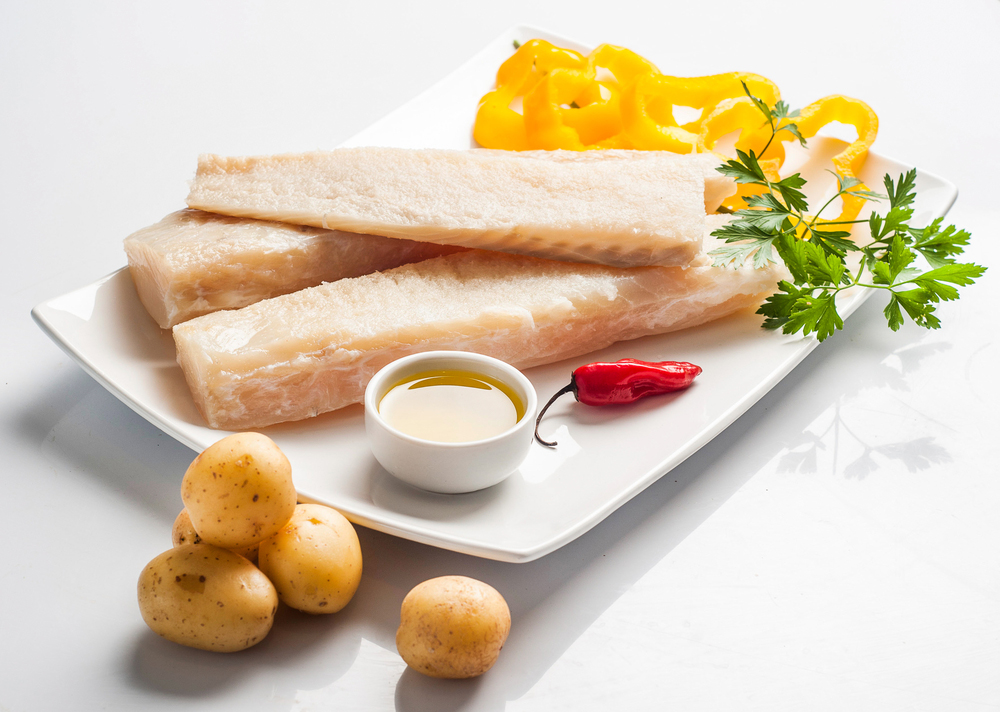
There is so much focus on meat in Brazilian food that the country’s amazing seafood can get overlooked.
That is why we include bacalhau on this list. It is a salted cod dish that betrays Brazil’s Portuguese roots since it is also quite popular in Portugal.
The Brazilian version of bacalhau is a fish baked with potatoes, tomatoes, olives, and onions. It gets served often with olive oil and white rice.
Another variation is rolling bacalhau into fish balls and frying them for yet another delicious Brazilian street food.
Bacalhau is no easy dish to prepare. Rehydrating the fish alone can take a long time. For that reason, it is most common to eat bacalhau on special occasions.
16. Empada
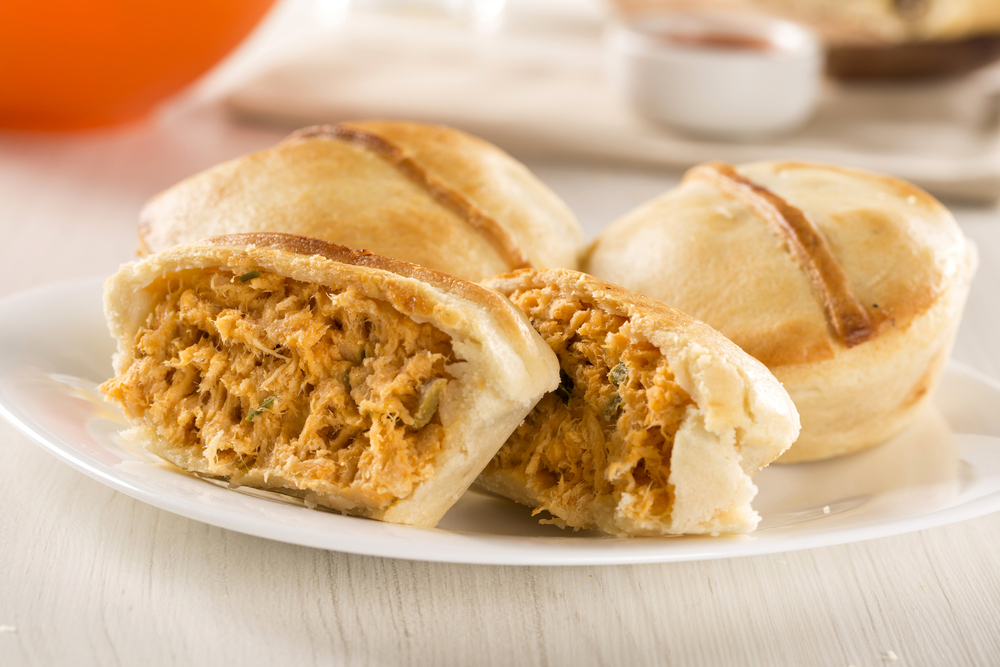
Forget your traditional empanadas and try an empada instead. The truth is, the dishes are not that far apart, as they are both delicious baked or fried pockets of filling.
In Brazil, empadas contain all forms of dried meat, seafood, and cheese.
Vegetarians will appreciate the heart of palm filling in some of these little pies. Everyone will appreciate that almost all bars and restaurants across Brazil serve them.
17. Pao de Queijo
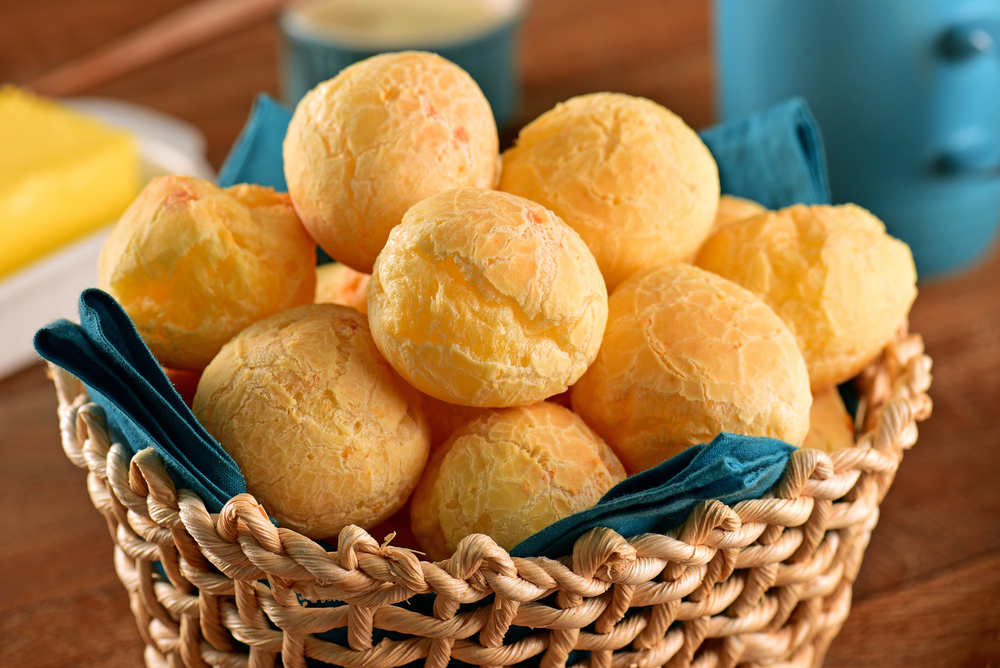
We will admit we have been holding out on you. Pao de queijo could have easily topped this list, as it rivals the meat of the churrascarias for fame.
That’s because it has two ingredients of the most beloved foodstuffs: cheese and flour.
Describing Pao de queijo does not do it justice, as they are more than just cheese bread balls.
They would not be a mascot food for Brazil if they were. Their crispiness on the outside and gooeyness on the inside is a perfect combination.
Even better, the flour that Pao de queijo is made with is cassava flour, which is gluten-free. This makes Pao de queijo truly a snack for everyone.
18.Galinhada Mineira
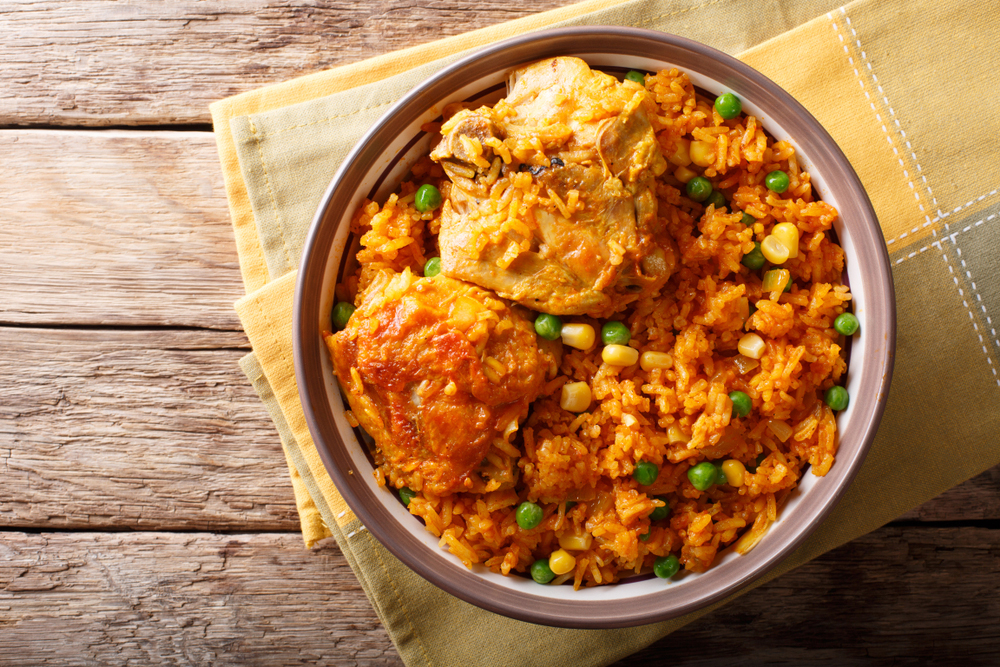
Galinhada is the Brazilian version of arroz con pollo.
It’s a traditional brazilian dish from the state of Minas Gerais.
A complete meal ideal to serve a hungry crowd of family members or friends.
19. Pastels
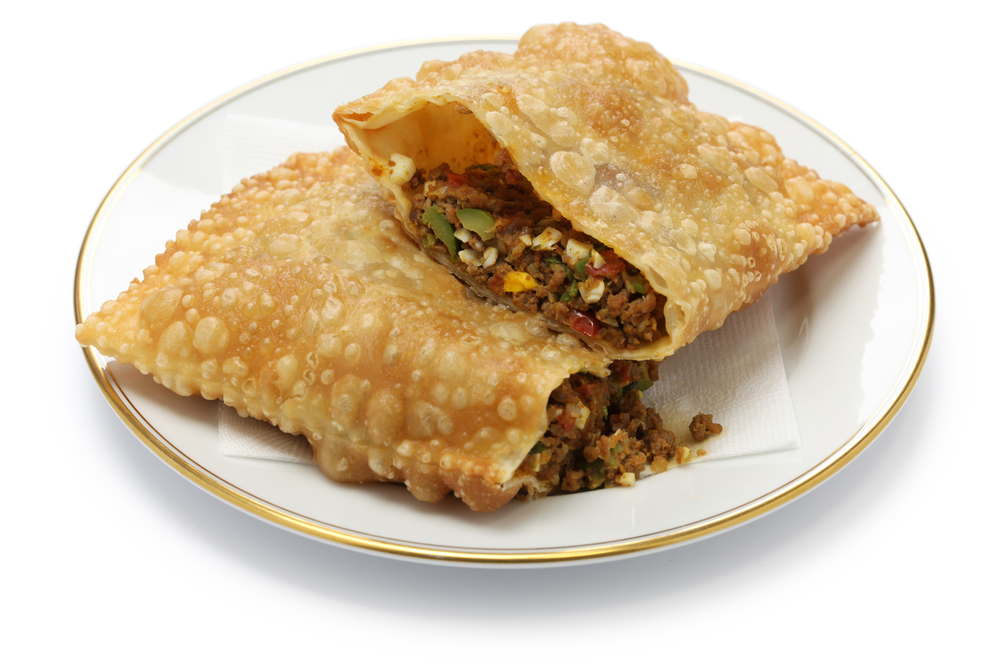
You’ll find them on the streets of Brazil. Pastels are Brazilian fried pastries filled with an assortment of sweet and savory fillings like cheese, chicken, shrimp, hearts of palm, or meat.
Pastel dough is more like spring rill than empanada dough as their crust is thinner and crispier.
They typically come in the shape of a half circle or a rectangle.


